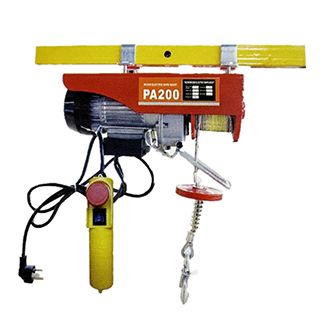


The Importance of Anti-Fall Protection in the Workplace
In various industries, especially in construction, maintenance, and manufacturing, fall-related incidents are among the leading causes of workplace injuries and fatalities. To mitigate such risks, implementing effective anti-fall protection measures is crucial for ensuring worker safety. This article explores the significance of anti-fall protection systems, various types available, and best practices for their effective implementation.
The Importance of Anti-Fall Protection in the Workplace
There are various types of anti-fall protection systems available, each designed to address specific fall hazards. The most common systems include guardrails, safety nets, and personal fall arrest systems (PFAS). Guardrails are barriers erected to prevent workers from falling off edges, while safety nets catch and protect workers from falls in areas where guardrails cannot be installed. PFAS, which includes harnesses, lanyards, and anchor points, is essential for ensuring individual worker safety when working at heights. The choice of system largely depends on the height of the work, the nature of the tasks being performed, and the environment.

Effective implementation of anti-fall protection measures involves several best practices. First, a thorough risk assessment should be conducted to identify potential fall hazards in the workplace. This assessment will help determine the appropriate protective measures to take. Employers should also provide comprehensive training for employees on the proper use of fall protection equipment and the importance of adhering to safety protocols. Regular inspections and maintenance of safety equipment are equally important to ensure that all systems are functioning correctly and can perform as intended in case of a fall.
In addition to physical protective measures, fostering a culture of safety within the organization is vital. Employers should encourage open communication regarding safety concerns and provide channels for reporting hazards without fear of reprisal. Regular safety meetings and refreshers can reinforce the importance of vigilance while working at heights.
In conclusion, anti-fall protection is a critical component of workplace safety, particularly in industries where falls are a significant risk. By understanding the types of protection available, implementing best practices, and promoting a safety-first culture, employers can significantly reduce the risk of falls and enhance the overall well-being of their workforce. Prioritizing anti-fall measures not only protects employees but also fosters a more productive and safe working environment.



